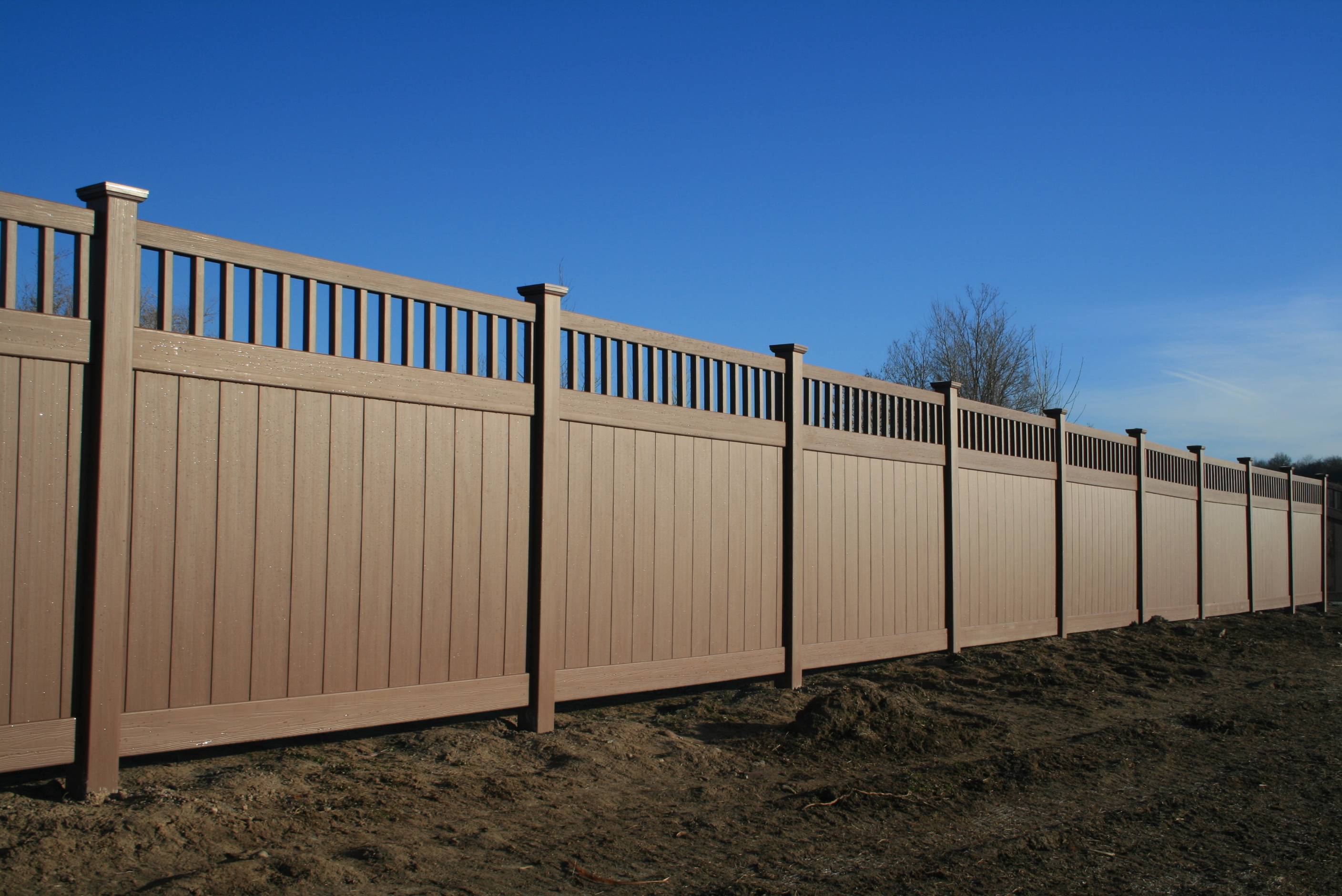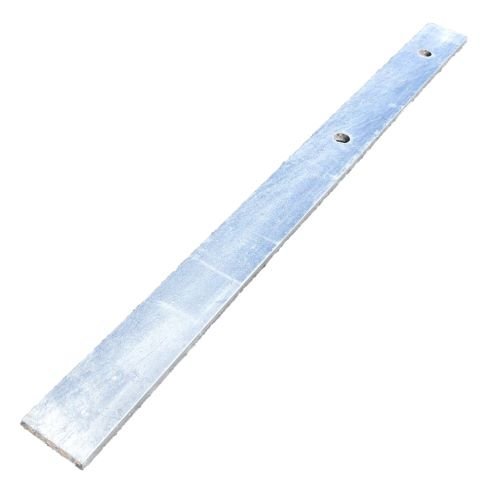
A fence can be a great way to protect your garden from pests. Groundhogs, rabbits, and other furry creatures could cause damage to your crops. These are some tips to help you create a fence against these pests. These tips will help prevent your plants being eaten by animals. Different colors of slats can be used to enhance the appearance of your vegetable garden.
Vegetables can be damaged by intruders. Netting can be used to keep deer and rabbits away if you have a problem with animals. This type of fence is not very attractive, but it will keep rabbits and other small animals out of your garden. This fence will not only keep animals out but will also add beauty to your yard. Pallets can be used as fencing. Once you have the pallets, you can build a gate that is made of them.

You can also find free materials online if you don't have the funds to purchase fences. Free material can also be found in newspaper ads. You can also build your fence. Lattice panels can be purchased at your local building material retailer. These fences provide support for climbing plants and are affordable to construct. To keep garden pests away, you can leave tiny openings in your fence. A fence can make your garden look more attractive and deer-proof.
You can use a fence as a feature wall. To make the fence stand out, you can paint it in a bold and distinctive pattern. The picket fence is another good option. It can keep animals out and allow you to have a great view of your vegetable patches. This type of fencing is also a good choice for privacy and sectioning off vegetable patches. Be sure to pick a design that compliments your home.
A fence can be installed to protect your veggies from predators. You can choose a wooden fence, or use vinyl or wrought iron pickets. A wooden fence is more durable and requires less maintenance. It will also keep animals away. For vegetables, a chicken wire mesh fencing is an option. If an animal attempts to climb the fence, the wire will bend backwards.

Another way to protect vegetables from pests is to add a fence. Fences can be used to protect vegetables from garden pests like deer and rabbits. If you have chickens, you can also use chicken wire or bamboo to protect your vegetable garden. A 3 foot high mesh can be used as a barrier to keep animals away. These materials will keep most animals away from your plants.
FAQ
How do I renovate my house with zero money?
If you are looking to renovate a house with no money, here are some steps:
-
A budget plan should be created
-
Learn what materials are needed
-
You must decide where to place them
-
Make a list.
-
Determine how much money you have
-
Plan your renovation project
-
Get started on your plans
-
Do some research online
-
Ask family and friends for their help
-
Get creative
Can I rent a dumpster?
You can rent a dumpster for debris removal after your home renovation. A dumpster can be rented to help keep your yard clean and free of trash.
Is it cheaper to build a new house or remodel an old one?
Two options are available to those who want to build a home. Pre-built homes are another option. This home is ready for you to move into. You also have the option to build your home from scratch. With this option, you'll need to hire a builder to help you design and build your dream home.
The cost of building a new home depends on how much time and money you spend designing and planning it. You'll probably need to do the majority of the construction work yourself if you build a custom home. This will require more effort. But you still have control over the materials you choose and how they are placed. It might be easier to find a contractor that specializes in custom-built homes.
A new home will usually be more expensive than a renovated home. The reason is that you'll need to pay more for the land, as well any improvements. Plus, you'll need to pay for permits and inspections. The average price difference between a new home and one that has been renovated is between $10,000 and $20,000.
Do I need permits to renovate my house?
Yes. Before you start any home improvements project, permits are necessary. In most cases, you will need a building permit and a plumbing permit. You may also need a zoning permit depending on the type of construction you are undertaking.
How often should my furnace filter be changed?
This depends on how often your family will use their home heating system. Consider changing your filter frequently if your family plans to leave the house during cold weather months. If you are not likely to leave your house for long periods of time during cold weather months, you might be able make more frequent changes.
A furnace filter typically lasts for three months. This means that your furnace filters should be changed every three to four months.
You can also check the manufacturer's recommendations for when to change your filter. Some manufacturers recommend replacing your filter after each heating season, while others suggest waiting until there is visible dirt buildup.
Is it better to hire a general contractor or a subcontractor?
Hiring a general contract is typically more costly than hiring subcontractors. General contractors often have many employees and charge clients high labor costs. A subcontractor, on the other hand, only hires one worker, and charges less per hour.
Statistics
- Design-builders may ask for a down payment of up to 25% or 33% of the job cost, says the NARI. (kiplinger.com)
- A final payment of, say, 5% to 10% will be due when the space is livable and usable (your contract probably will say "substantial completion"). (kiplinger.com)
- It is advisable, however, to have a contingency of 10–20 per cent to allow for the unexpected expenses that can arise when renovating older homes. (realhomes.com)
- The average fixed rate for a home-equity loan was recently 5.27%, and the average variable rate for a HELOC was 5.49%, according to Bankrate.com. (kiplinger.com)
- According to the National Association of the Remodeling Industry's 2019 remodeling impact report , realtors estimate that homeowners can recover 59% of the cost of a complete kitchen renovation if they sell their home. (bhg.com)
External Links
How To
How can I plan a complete house remodel?
Planning a whole house remodel requires careful planning and research. There are many things you should consider before starting your project. You must first decide what type home improvement you want. There are many categories that you could choose from: kitchen, bathroom or bedroom; living room or dining room. After you decide which category you want to work on, figure out how much you can afford to spend on the project. If you are new to working in homes, budget at least $5,000 for each room. If you have some previous experience, you may be capable of getting away with a lower amount.
Once you have figured out how much money you can afford to spend, you'll have to determine how big of a job you want to tackle. You won't be capable of adding a new floor, installing a countertop, or painting the walls if your budget is limited to a small remodel. However, if enough money is available to complete a kitchen renovation, you should be able handle most things.
Next, you need to find a contractor who is experienced in the type project that you want. You will be able to get great results and avoid a lot more headaches down in the future. You should begin gathering materials and supplies after you've found a competent contractor. You might need to make everything from scratch depending upon the size of your project. However, you won't have to worry about finding the exact item you are looking for in the many pre-made shops.
Now it's time for you to start planning. Begin by sketching out a rough plan of where furniture and appliances will be placed. Next, plan the layout. It is important to allow for electrical and plumbing outlets. You should also place the most frequently used areas closest to the front door, so visitors have easy access. Final touches to your design include choosing the right colors and finishes. In order to avoid spending too much money, stick to neutral tones and simple designs.
Now it's time to build! Before you begin construction, it's important to check your local codes. While permits are required in some cities, homeowners can build without one in others. To begin construction you will first need to take down all walls and floors. The next step is to lay plywood sheets on your new flooring. Next, you'll attach the wood pieces to the frame of your cabinets. Finally, attach doors to the frame.
You'll need to finish a few final touches once you're done. You will likely need to cover exposed wires and pipes. For this, you will use plastic sheeting or tape. Also, you will need to hang mirrors or pictures. Be sure to tidy up your work space at all costs.
If you follow these steps, you'll end up with a beautiful, functional home that looks great and saves you lots of money. You now have the knowledge to plan a complete house remodel.